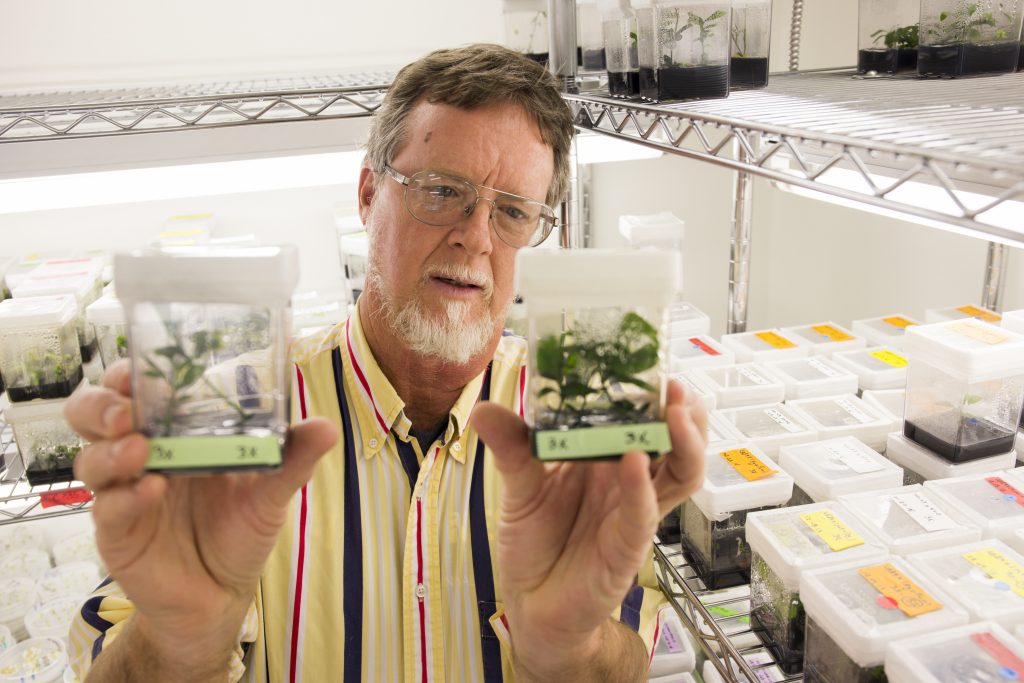If cold-hardy citrus growers diversified their crops and not put all of their eggs in the satsuma basket, it would provide them a better chance at long-term sustainability. It would allow producers an opportunity to combat the negative national stigma concerning citrus juices, says Jude Grosser, a professor of plant cell genetics at the University of Florida Institute of Food and Agricultural Sciences (UF/IFAS) Citrus Research and Education Center.

Photo taken 03/08/16.
Grosser preached that message of diversification during the Cold Hardy Citrus Field Day at the UF/IFAS North Florida Research and Education Center in Quincy last month.
“Orange juice consumption is going down. There’s a lot of negative press about giving kids juices because of the high sugar content, but I think that’s a bunch of baloney. It’s a good kind of sugar. I think that’s misinformation, but it is happening. There’s a lot of competition from other juices. You see more and more of them every day, so I don’t think we’ll be able to ever get back to the highest levels of consumption that we experienced,” Grosser said. “Growers need to be thinking more out of the box. There’s a lot of niche opportunities for fresh fruits in Florida. We need to expand that and have a better balance. I think we need a better balance between the juice oranges and the fresh fruit varieties. We’re working toward that.”
Niche Market Opportunities
Grosser believes that niche market opportunities will allow small family farms to get back into business. “They’ll have a high-value crop, so their small acres may be able to pay the bills for their houses and living,” he says.
Harvests continue across the North Florida, South Georgia and South Alabama regions. The majority of citrus production in these areas is satsuma mandarins.









